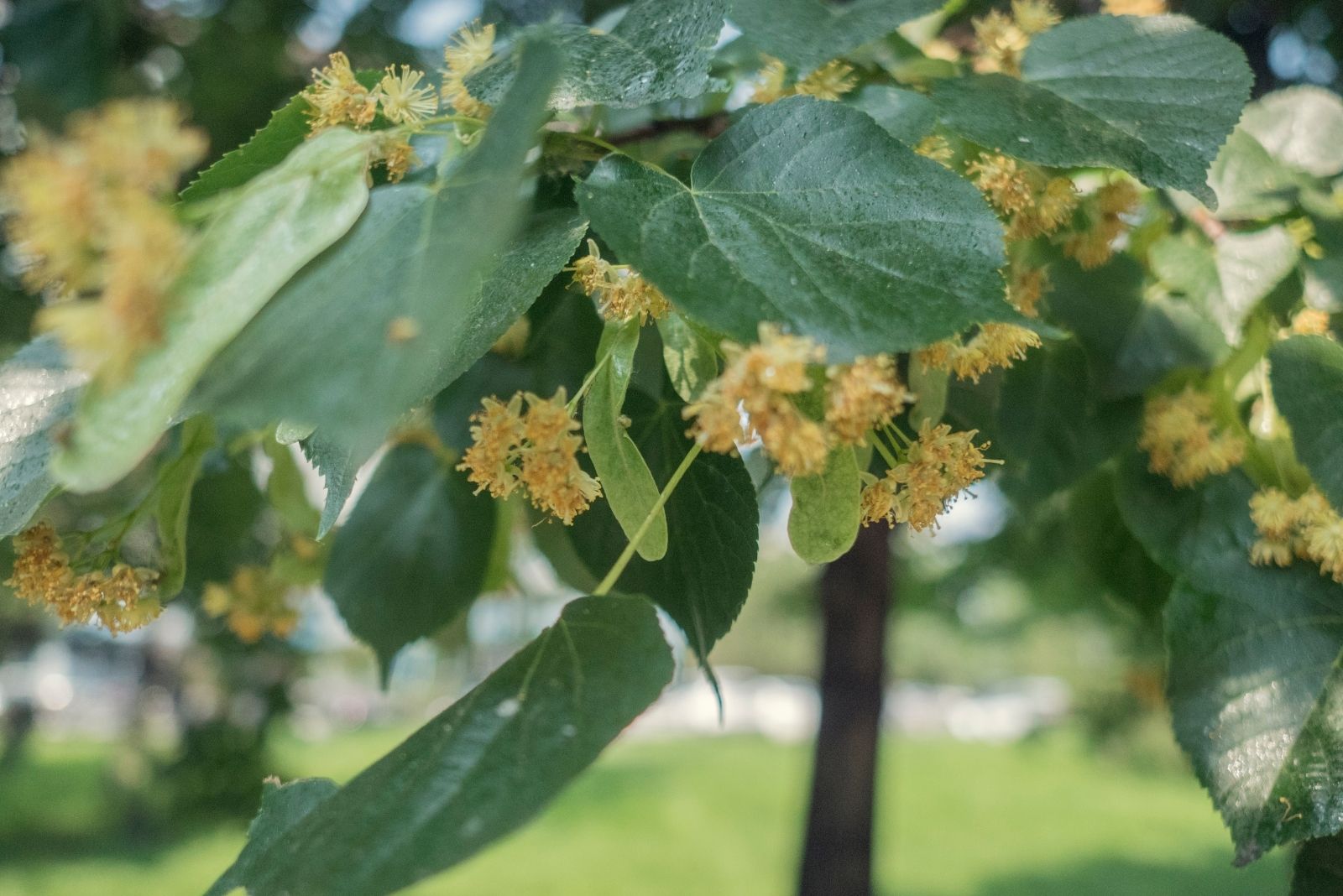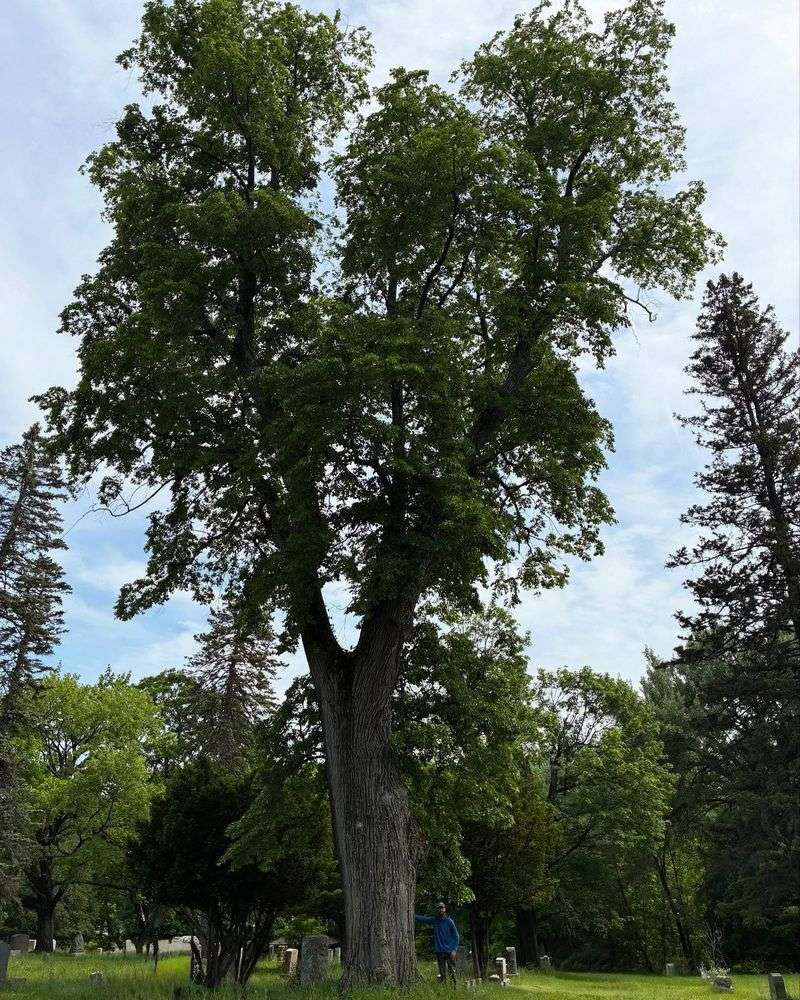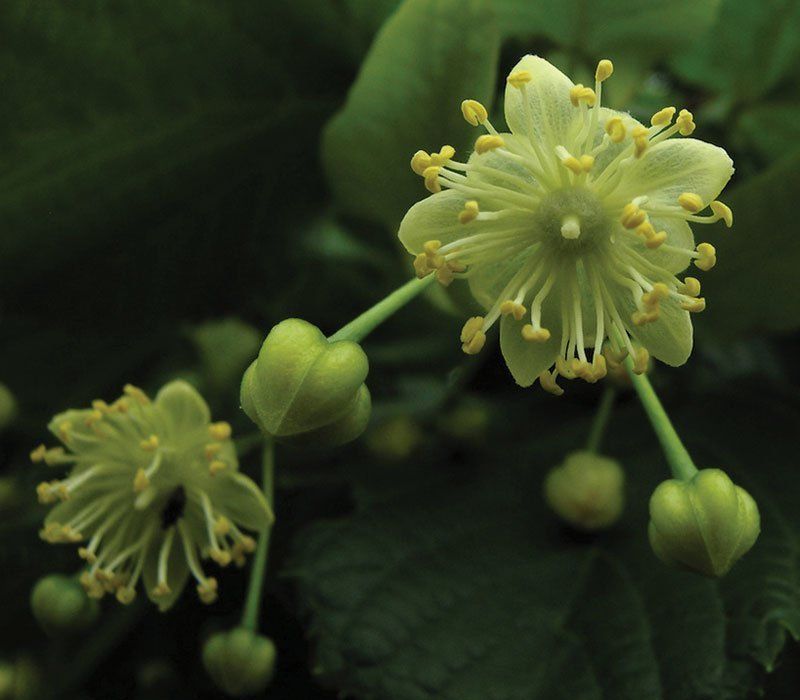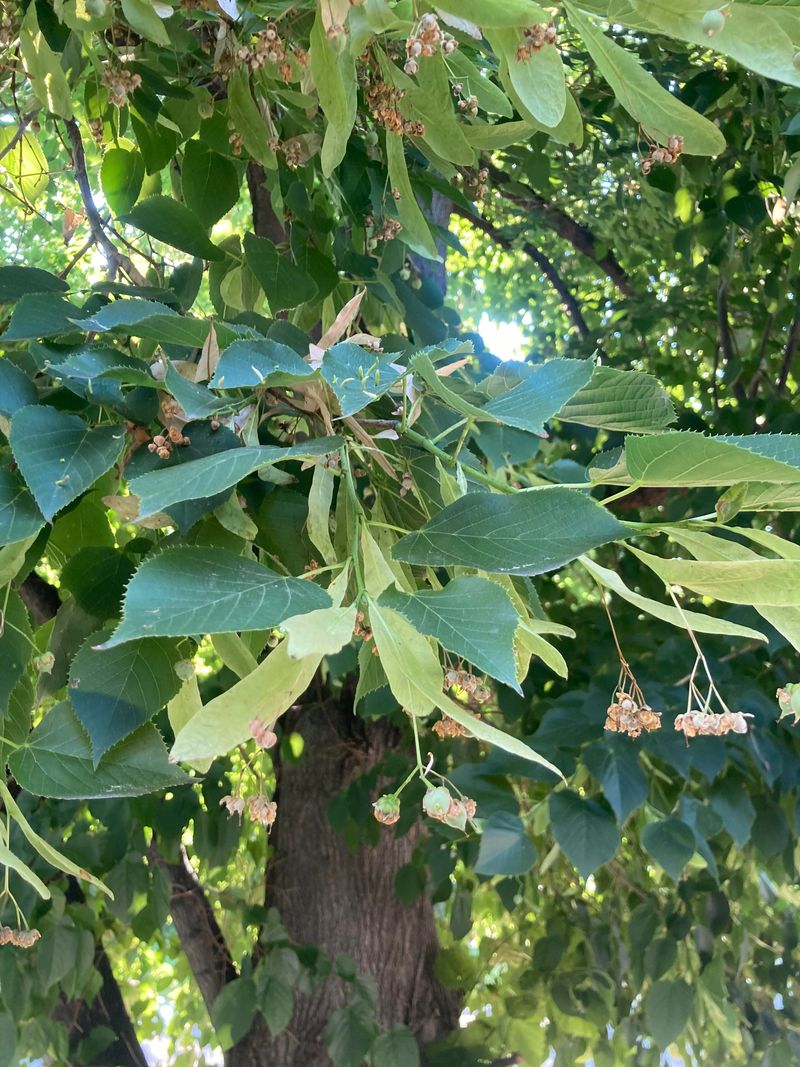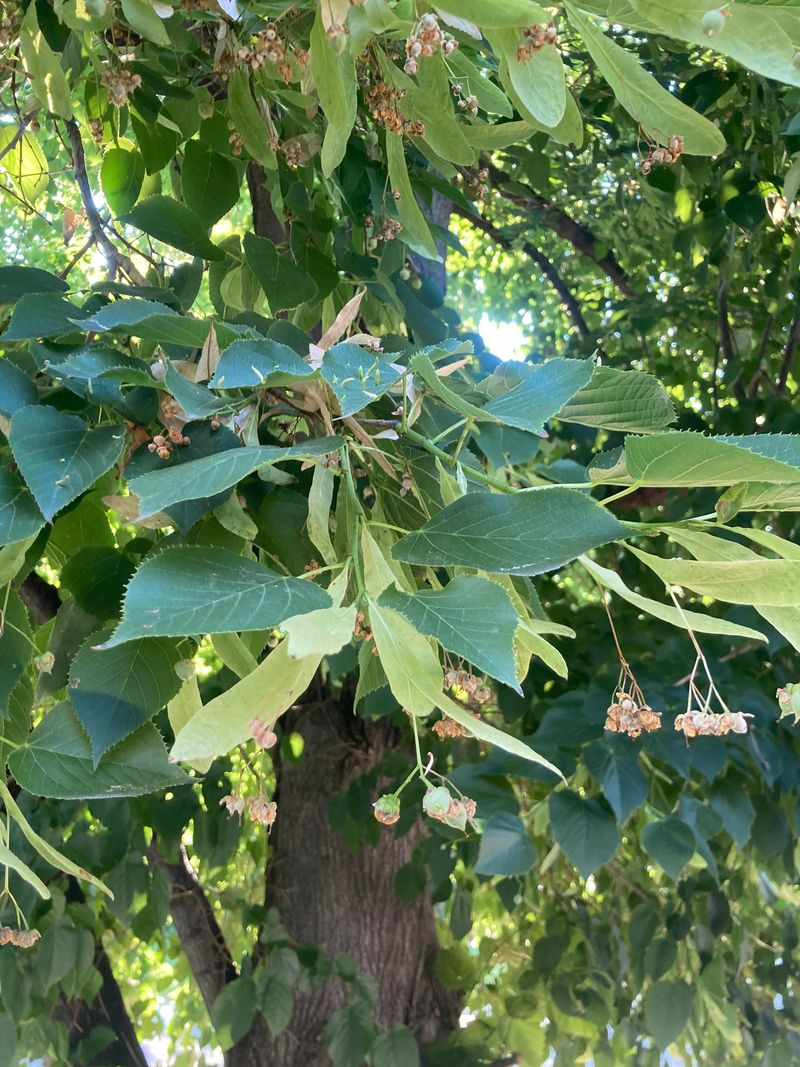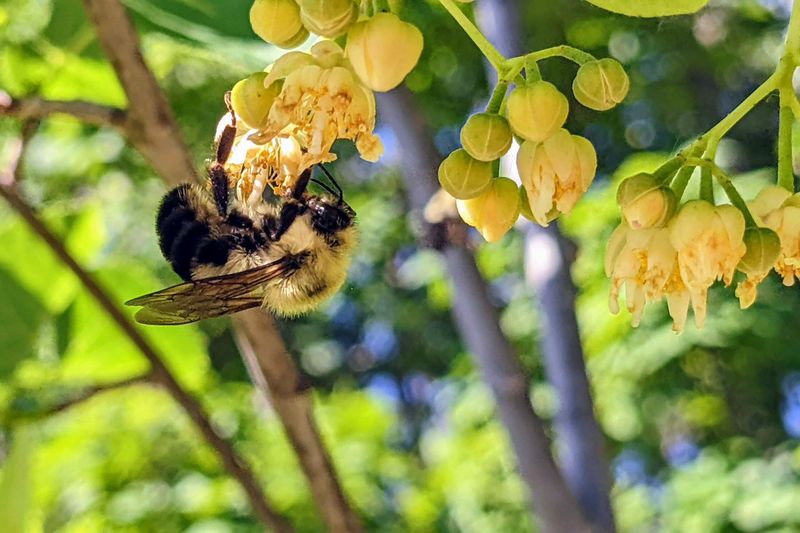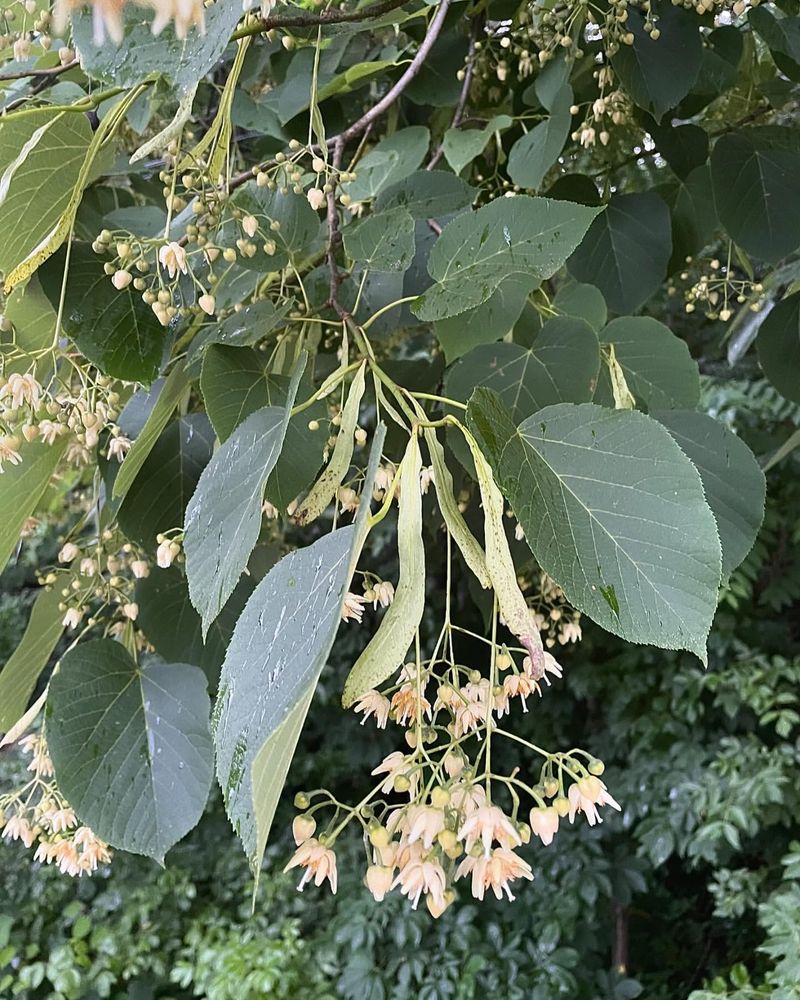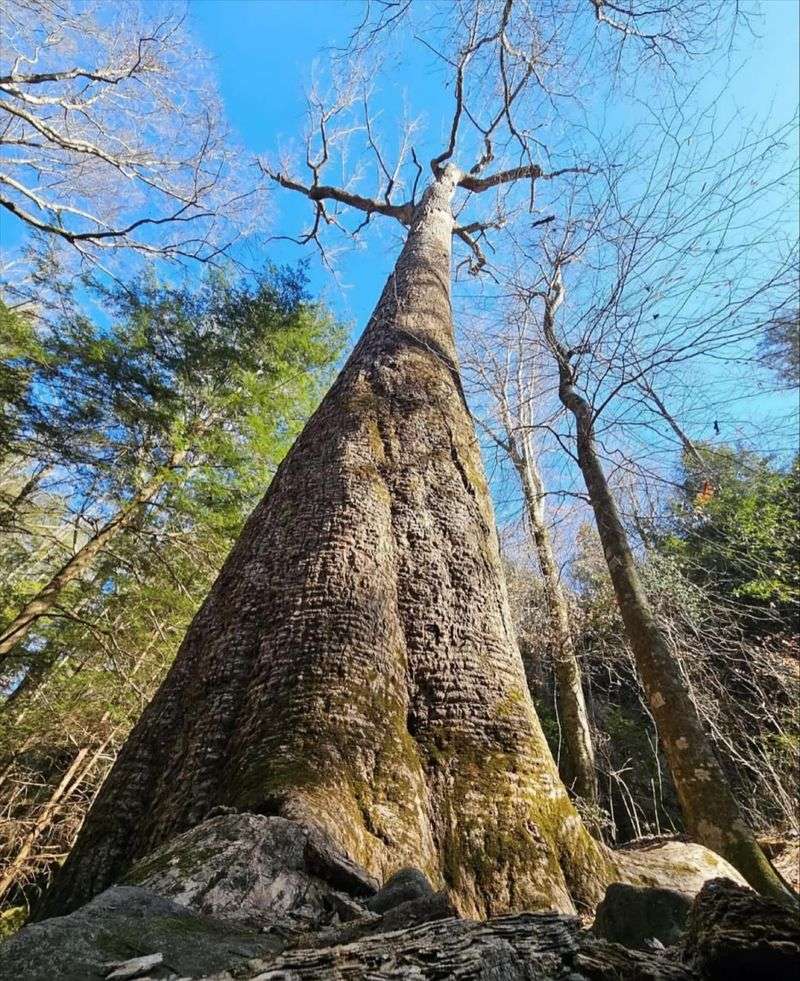Wisconsin gardens come alive with buzzing activity when American Basswood trees bloom, transforming landscapes into pollinator havens.
These native trees offer something special that draws bees, butterflies, and other beneficial insects from all around the neighborhood.
Understanding why these trees become such powerful magnets helps gardeners make smarter planting choices for their yards. In my experience, noticing the bees and butterflies around these trees always signals the change of season.
1. Abundant Nectar Production During Peak Bloom Period
Basswood flowers produce nectar in quantities that few other trees can match. When bloom time arrives, usually in late June through July in Wisconsin, each flower cluster releases sweet liquid that pollinators detect from remarkable distances.
The nectar flow from a single mature tree can support entire colonies of bees for weeks. For me, planting a basswood near my patio has made watching pollinators a daily joy.
Other native plants like coneflowers and milkweed complement this nectar source beautifully in garden settings.
2. Fragrant Blossoms That Travel On Summer Breezes
The sweet, honey-like fragrance of basswood blooms acts as a powerful attractant that reaches pollinators far beyond the tree’s canopy. This scent becomes especially noticeable on warm, humid Wisconsin afternoons when air currents carry it throughout neighborhoods.
Butterflies and bumblebees follow these aromatic trails directly to the source. Planting basswoods near outdoor living spaces means enjoying this natural perfume all summer long.
Pairing them with less fragrant natives like oaks creates layers of sensory interest in landscapes.
3. Extended Flowering Window Compared To Most Trees
Unlike many trees that bloom for just a few days, basswoods offer flowers over several weeks. This extended period gives pollinators a reliable food source during critical summer months when they’re raising young and building colonies.
Different flower clusters on the same tree open at staggered intervals, ensuring continuous availability. Wisconsin gardeners benefit because this timing fills a gap between spring ephemerals and late summer perennials.
Combining basswoods with successive bloomers like black-eyed Susans creates non-stop pollinator support.
4. High Protein Pollen That Nourishes Developing Colonies
Pollen from basswood flowers contains essential proteins that bees need for raising healthy larvae. This nutritional quality makes the tree particularly valuable beyond just nectar production.
Native bees and honeybees alike gather this pollen enthusiastically, often visiting hundreds of flowers in a single foraging trip. Observing pollen-laden bees returning to hives reveals just how productive these trees are.
Wisconsin beekeepers often position hives near basswood groves specifically for this high-quality protein source that strengthens colonies before winter.
5. Native Status Creates Perfect Evolutionary Match With Local Insects
Because basswoods evolved alongside Wisconsin’s native pollinators over thousands of years, the relationship between plant and insect works seamlessly. Native bees have mouthparts perfectly suited to accessing basswood nectar and pollen.
This evolutionary partnership means more efficient pollination and better seed production compared to non-native ornamentals. Choosing native trees like basswood supports the entire local ecosystem in ways imported species simply cannot.
Surrounding them with other Wisconsin natives like wild bergamot amplifies these ecological benefits significantly.
6. Dense Flower Clusters Provide Easy Access For Various Pollinator Sizes
Each basswood flower cluster contains dozens of individual blooms positioned close together, creating convenient feeding stations. This arrangement accommodates everything from tiny sweat bees to large carpenter bees without competition.
The drooping clusters hang at accessible heights where butterflies and moths can land comfortably. Different pollinator species often share the same cluster peacefully, something I’ve watched countless times from my garden bench.
Planting basswoods alongside shrubs like ninebark creates vertical feeding zones that maximize pollinator diversity in compact spaces.
7. Shade Canopy Creates Comfortable Microclimate For Extended Foraging
The broad, dense canopy of mature basswoods creates cooler conditions underneath where pollinators can work longer without overheating. During hot Wisconsin summers, this shade becomes crucial for insect survival and productivity.
Flowers bloom within this protective umbrella, allowing bees to forage even during midday heat when they’d normally retreat. This microclimate effect extends active pollination hours significantly.
Understory plantings like wild geranium thrive in this same shade, creating layered habitat that supports diverse pollinator communities throughout growing seasons.
8. Strategic Fall Seed Production Supports Overwintering Bird Species
While pollinator attraction peaks during summer bloom, basswood’s fall seed production completes the ecological cycle. The small nutlets that develop from pollinated flowers become important food for birds preparing for migration or winter.
This secondary benefit means your pollinator garden continues supporting wildlife long after flowers fade. Cardinals, chickadees, and finches commonly visit basswoods during autumn months in Wisconsin yards.
Leaving seed heads intact rather than cleaning up too early maximizes this wildlife value while adding winter interest to landscapes.

